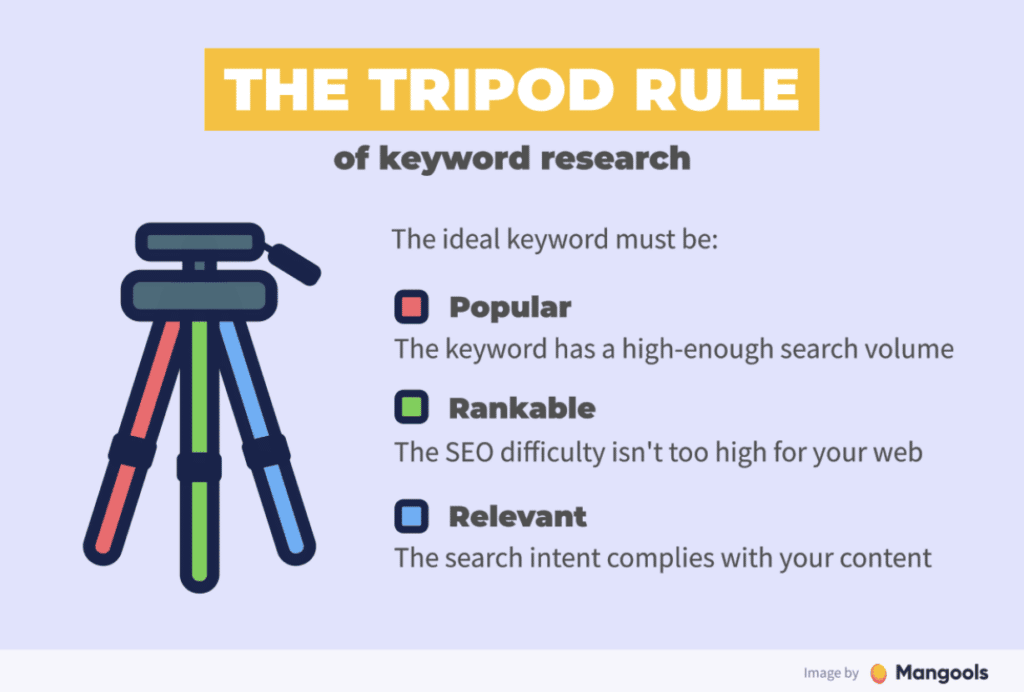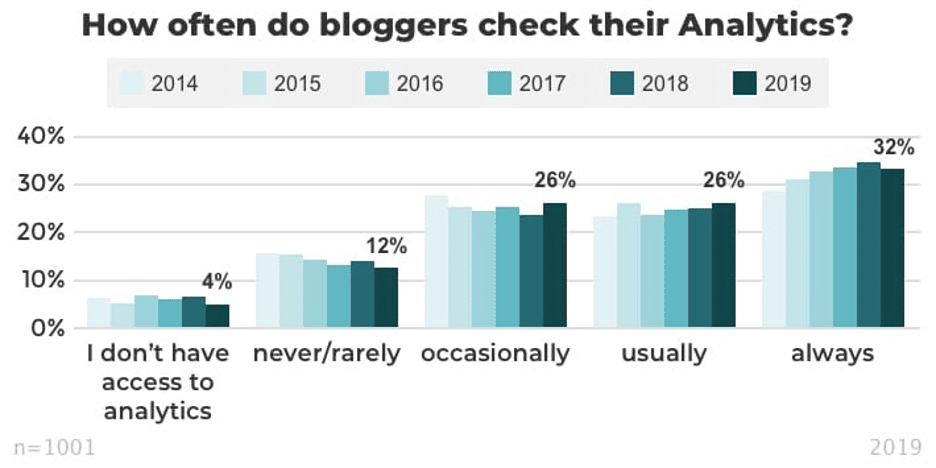If you’ve heard it once, you’ve heard it a thousand times: an on-site blog is an essential way to bring qualified traffic to your website in today’s competitive digital world. As true as this is, it’s only the first chapter of the story.
Your blog’s success will depend on the content you choose to publish. That sounds obvious, but when you start digging in and trying to come up with blog topics that attract traffic, pull in the right readers, and convert them to customers, you realize it’s far more difficult than it seems.
Instead of taking shots in the dark and hoping something hits your target, use these pro tips on how to plan out content for your blog.
1. Dive Into Your Business Goals
Before you can determine the type of content to create, you need to know what goals you’re trying to achieve. Take a hard look at your financials and your company’s goals to see where you need to focus your energy.
For example, perhaps there’s a particular product in your portfolio that you want to sell more often. Your content should focus on the problems that product solves because people researching that problem are the ones most likely to buy your solution.
There could also be a particular segment of the market that you’re missing out on. For example, if you create learning resources for schools, perhaps it would make sense to appeal to parents of elementary school-aged children, too.
2. Go On a Keyword Hunt
Keyword research is a critical part of planning your blog content. Think of it as working backward: when you know the keywords you want to target, it’s easy to come up with related topics.
There are several keyword research strategies you should use. Start by using a keyword research tool or SEO professionals to identify the keywords in your industry with the highest search volumes and the lowest competition rates.

You should also compare the keywords that bring customers to your site to those that bring traffic to your competitors. When you find keywords that bring far more traffic to your competitors than they bring to you, those are the terms you want to target.
3. Scope Out the Competition
Speaking of competitor research, use your competitors as inspiration when planning your content. Start by Googling some keywords related to your business and watch which sites come up.
Then, visit the top sites and review their content. Look at the types of topics they cover, how they structure their blogs, how often they post, and other details you might want to replicate.
Remember, you’re looking for your traffic competitors, not your business competitors. For example, if you’re a clothing retailer, don’t just look at the other retailers that show up on Google. Non-retail fashion sites are competitors, too, because when customers get answers from their blogs, they aren’t visiting your site.
4. Hop Onto the Trends
When there is a trending topic that relates to your industry, you can bet your bottom dollar that it will be getting plenty of searches on Google. You can take advantage of that by blogging about popular topics.
Sometimes this requires a last-minute change in plans to cover new topics when they arise. You can also predict certain trends, though. For example, you know that people will be looking for gift ideas around the winter holidays, so add this type of content to your calendar at the right time.
5. Check Your Own Stats
Your own site’s analytics hold a wealth of information you can use, especially if you’ve already been blogging for some time.
Check your analytics to see which blogs have received the most traffic. Look for patterns among them, like the topics they relate to or the market segments they target.

Your social media can provide the same type of insights. Identify your most successful social media posts and look for patterns that can tell you what type of content your audience enjoys most.
6. Make Variation a Priority
When you identify a rich topic that could bring in tons of traffic, it’s tempting to go overboard with content for that topic. If you get too focused, though, you could do more harm than good.
For one, when you focus entirely on one topic, you aren’t reaching any other market segments or responding to any other problems. When that topic becomes less popular (and it will at some point), you’ll be playing catch-up to produce content for other topics that your competitors have been talking about for months.
Second, emphasizing too few keywords too often could make you a victim of keyword cannibalization. Keyword cannibalization is a problem that occurs when many of your pages are targeting the same keyword, which means your pages are competing with each other. It can drop each of those blogs’ click-through rates while also taking your energy away from other profitable keywords.
This is one of the benefits of creating a content calendar for months at a time. It’s easier for you to see the big picture and find out if you’re creating too much similar content.
7. Find New Angles
As you research topics for your blog, you’ll inevitably come across a problem for some of your topics: they’ve been covered by far too many other sites far too often. How do you compete?
The key is to find a new angle on the topic. For instance, perhaps your business is a lawn care service. You’ll find countless blogs about how often homeowners should water their lawns. As a new twist, you could blog about the consequences of overwatering, how a customer can tell if they’re overwatering, or how to repair damage to an overwatered lawn.
Wrapping It Up
Too many businesses take an “anything goes” approach to blogging. They blog about any topic under the sun because “one of them is sure to drive traffic, right?” The tips above can help you know how to plan out content for your blog so that none of your work goes to waste and every blog brings value in its own way.
If you are looking for ways to bring more traffic to your blog, check out this Quick 10 Step Guide to Growing Your Blog’s Traffic.





